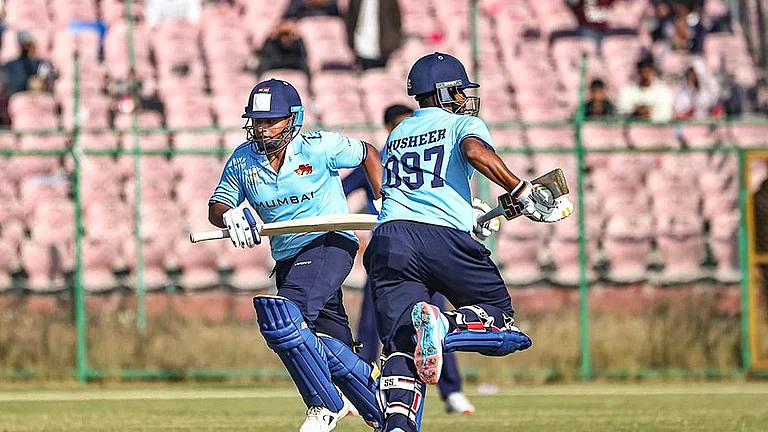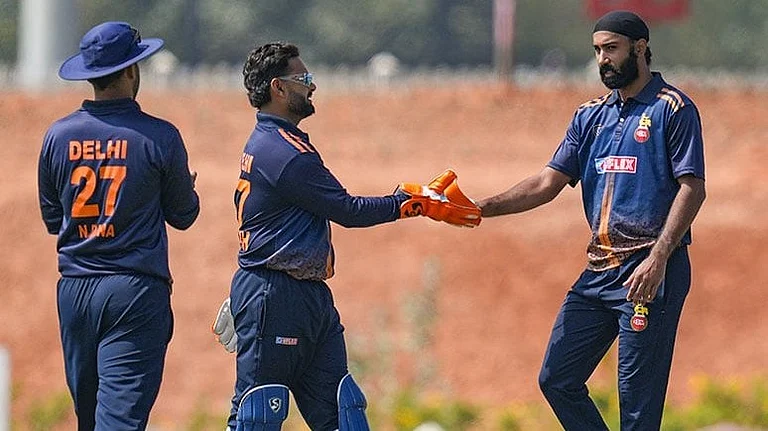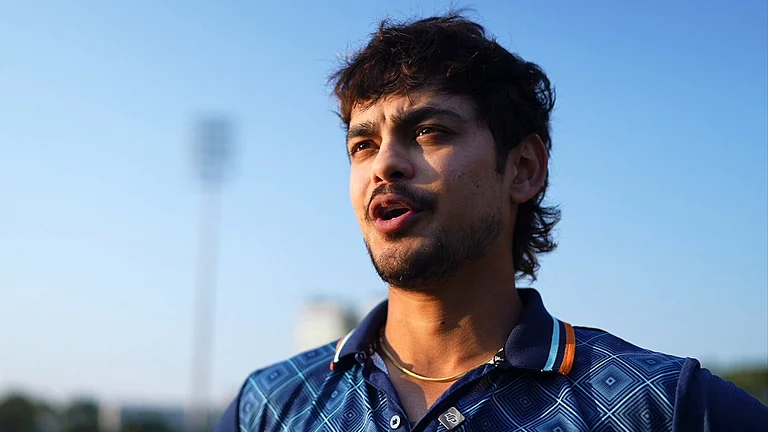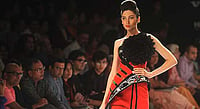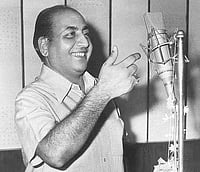Aseem Chhabra weaves his book around the many facets of his subject, Shashi Kapoor, whom most readers would have known only as a star. He was often overshadowed by his brothers, one of whom was a flamboyant showman, who produced, directed and acted in films and was a huge industry figure. Competing with Raj Kapoor for fans was brother Shammi, whose image as the irrepressible lover-boy was imitated but unmatched by peers and future generations.
By contrast, Shashi Kapoor, despite being the perfect poster boy, with sweeping eyelashes and a vulnerable smile, remained the quieter brother who did no wrong. As Shabana Azmi says: “I sincerely believe his good looks went against him. As the first impression was of a strikingly attractive man, people would forget what a fine actor he was!”
Chhabra says that Shashi Kapoor’s fans did him wrong by relegating him to the actor-with-smashing-looks slot, and shows us how this Kapoor was not only serious about acting, but prepared for his roles meticulously. He not only essayed the typical hero, but also roles that were off the beaten track. No wonder then that Shashi Kapoor was India’s first international star. Starting from The Householder (1963), and going on through many films till In Custody in 1993, Shashi Kapoor would be the favourite choice for Merchant-Ivory when they wanted an Indian hero. The professional and personal bond between them and the actor would also result in Kapoor producing Junoon in 1978. He would produce five more films, including 36 Chowringhee Lane and Kalyug for directors as different from each other as Aparna Sen and Shyam Benegal.
Chhabra quotes James Ivory as saying that when looking for an actor to play a low-key school-teacher in The Householder, their first film together, the star who was wooing women like Nanda and Sadhana on Bombay’s screen should possibly have been the last choice. Yet, the actor managed to overcome the perception, and not just looked the part but played it to perfection, holding his own against the equally accomplished and striking-looking Leela Naidu. In fact, Shashi Kapoor could hold his own against almost anybody, including Amitabh Bachchan, in commercial hits like Deewar, Kabhi Kabhie, Namak Halaal and Trishul. In between, he often crossed the line to do arthouse films like Siddhartha and New Delhi Times, as one who could hold his own in Hindi as well as English, and brought to his roles the skill theatre had taught him.
The book also reveals to us the human side of the star, his youthful romance with Jennifer Kendall, which was vehemently opposed by her family. Kapoor not only defied her parents but left their theatre group, which he had been a part of, with Jennifer accompanying him, to strike out on their own. It was a relationship that would endure till Jennifer’s death. There are also stories from daughter Sanjana and his friends that tell of a man who thought it was absolutely fine to ignore the rigid rules of heirarchy that the film industry holds as sacrosanct. He would chat with unit members, making no distinction between spot boys and canteen workers.
The book goes through all the important films that Kapoor starred in, with enough information about each to make one want to revisit them. By including lesser known films like Jinnah and Side Streets, both made in 1998, Chhabra shows how the star continued to act even when age and the legendary Kapoor girth came in the way. The book has a foreword by Karan Johar, and though it doesn’t say much, it should help introduce Shashi Kapoor to today’s generation.







